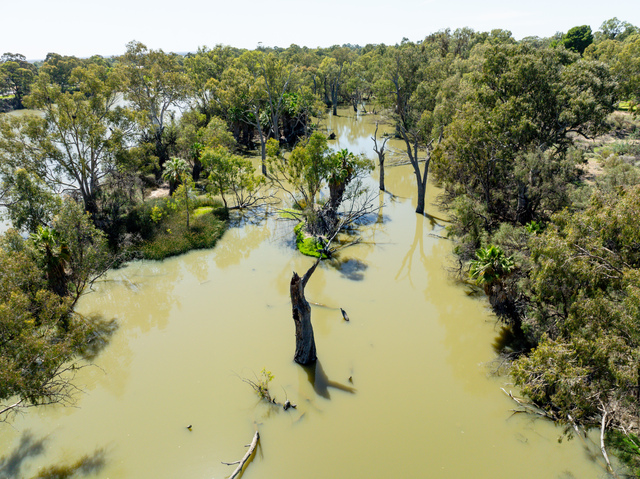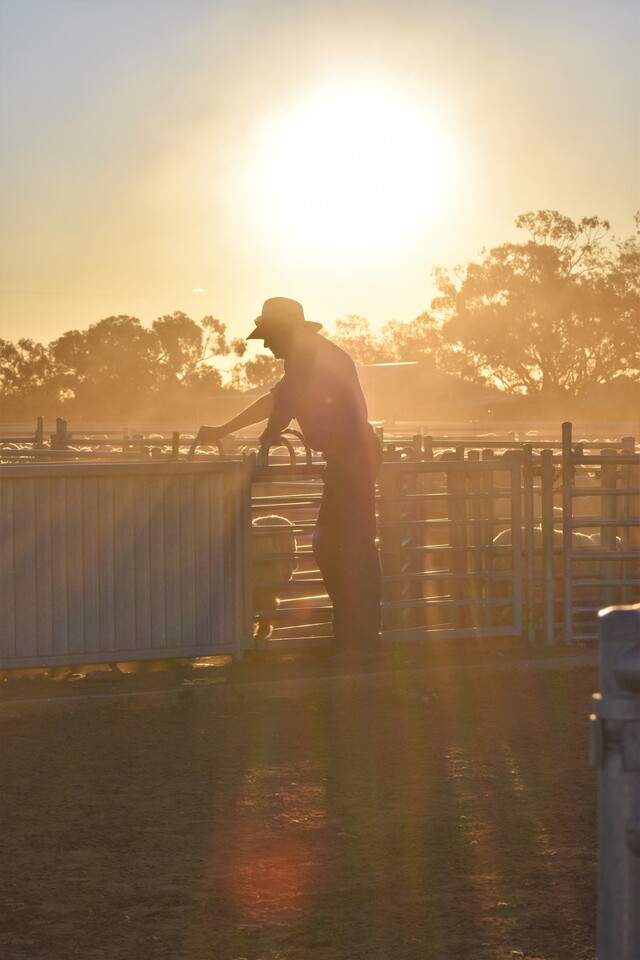NEW developments and a low vacancy rate show the strength of the Mildura property market, according to the boss of real estate group First National.
Chief executive Ray Ellis on Thursday visited the company’s Mildura Collie & Tierney office and was impressed by the level of subdivision activity in the region.
“In other cities subdivisions sort of happen for a couple of years, then don’t happen for three or four years, but in Mildura … there always seems to be a number of subdivisions going on or people are filling in pockets of old houses or a vacant block of land,” Mr Ellis said.
Mildura’s median house price grew 11 per cent last year and rose slightly to hit $310,000 during the three months to June this year, according to Real Estate Institute of Victoria (REIV) figures.
Mr Ellis said while “the upsurge has already happened”, referring to last year’s growth, he expected Mildura’s status as a steady performer to continue.
Vacancy rates were one reason.
Mr Ellis said the Mildura office had no properties to lease, such was the demand for rental accommodation.
“That gives you an indication that people are buying lots of property, or they’re buying investments, and people are moving to town for jobs, and therefore they need rental accommodation, all those sorts of things,” he said.
“I don’t see any indicators at the moment — other than the general Australian economy, which is pretty good — to cause any downturn in the market in Mildura.”
Mr Ellis expressed concern about reports of increasing homelessness among older women.
He said the “main cause” of homelessness was a lack of social housing and urged state governments, including Victoria’s, to fund more social housing.
The Victorian Government last month announced the construction of two three-bedroom houses in Mildura.
Earlier this month, the Reserve Bank lowered its cash rate to 0.75 per cent, noting that while there were signs of a turnaround in Melbourne and Sydney housing markets, demand for credit by investors was “subdued”.
Mr Ellis said the record low interest rate environment was likely to remain for the next two to three years.
His advice to Mildura borrowers was to factor higher rates into their weekly or monthly budgets, to prepare for a change in the direction of rates.








